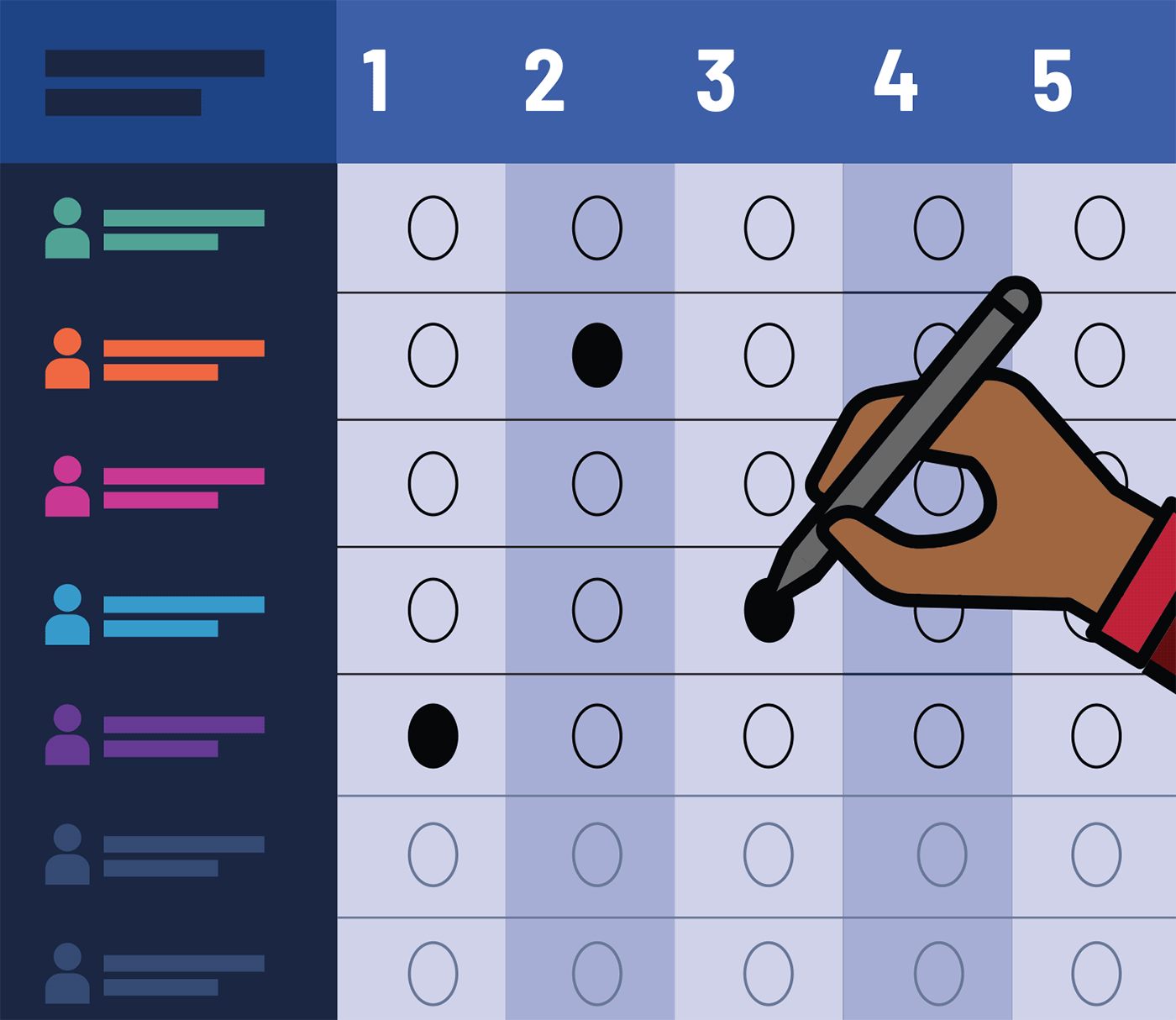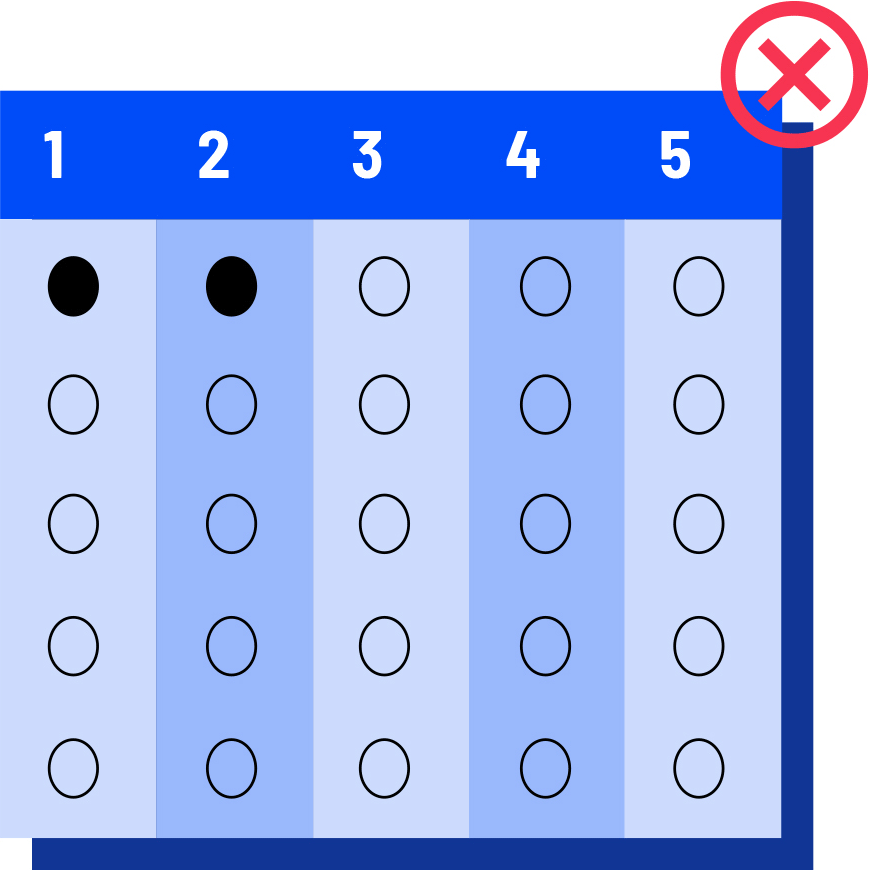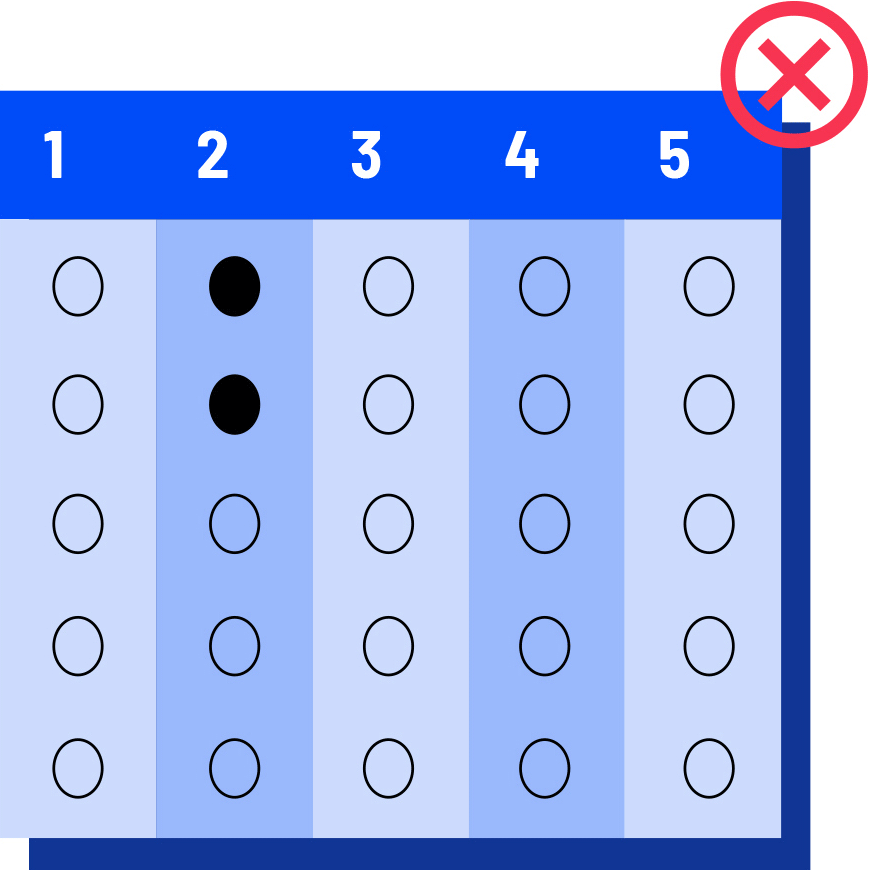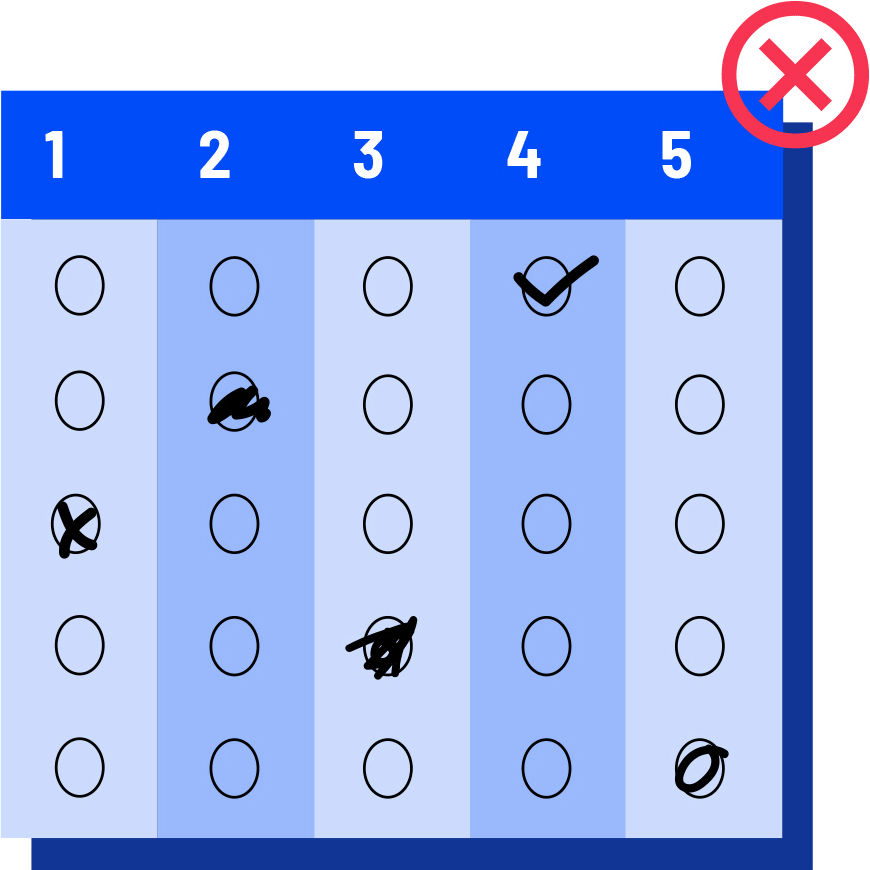Ranked Choice Voting for NYC Local Elections
New York City will use ranked choice voting for Primary and Special Elections for the offices of Mayor, Public Advocate, Comptroller, Borough President and City Council, due to an amendment in the City Charter approved by voters in 2019. How are results tabulated? All first-choice votes are counted. If a candidate receives more than 50% of first-choice votes, that candidate wins. If no candidate earns more than 50% of first-choice votes, then counting will continue in rounds. At the end of each round, the last-place candidate is eliminated and voters who chose that candidate now have their vote counted for their next choice. Your vote is counted for your second choice only if your first choice is eliminated. If both your first and second choices are eliminated, your vote is counted for your next choice, and so on. This process continues until there are two candidates left. The candidate with the most votes wins. When will results be reported? Unofficial election night results will be posted at the close of polls on election day. These results will include first-choice votes from early voting, election day and any valid mail ballots canvassed but will not include affidavit ballots. One week later, preliminary RCV elimination rounds will be tabulated and an unofficial report will be released. The tally will include any mail ballots scanned before Election Day. The ranking of candidates may continue to change until all mail and affidavit ballot processing is completed and all cure deadlines have expired. Preliminary RCV elimination rounds will be conducted and reports released every week until the election is certified. Final results in ranked choice elections will not be known until all ballots are counted. When will results be certified? Election results will not be certified until all ballots are counted including early mail, absentee, military, affidavit and emergency.
Ranked choice voting on the AutoMark Ballot Marking Device
You can rank up to 5 candidates in order of preference: your 1st choice candidate, your 2nd choice candidate, and so on up to your 5th choice candidate.
The AutoMark displays each “choice” as a separate screen
On the first screen, you will select your first-choice candidate
If you have a second-choice candidate, you will select that candidate on the next screen labeled “Choice 2”
You can choose to rank up to 5 candidates
If you prefer, you can still vote for just one candidate. To do so, select your 1st choice candidate on the “Choice 1” screen and do not select anyone for any other “Choice” screens
You can only choose one candidate per “Choice” screen
Do not select the same candidate for multiple “Choice” screens
Voters can rank up to five candidates in order of preference, instead of casting a vote for just one.
You can rank up to five candidates in order of preference, instead of choosing just one. If a candidate receives more than 50% of 1st-choice votes, they are the winner. If no candidate earns more than 50% of 1st-choice votes, then counting will continue in rounds. At the end of each round, the candidate with the fewest votes will be eliminated. If you ranked that candidate 1st, your vote will go to the next highest ranked candidate on your ballot. This process will continue until there are two candidates left. The candidate with the most votes wins.
Pick your first-choice candidate and fill in the oval next to their name under the 1st column. If you have a second-choice candidate, fill in the oval next to their name under the 2nd column. You can continue until you rank up to 5 candidates.
- You do not have to rank all five.
- You can still vote for just one candidate and leave the other columns blank.
- You can only choose one candidate for each column.
- You cannot rank the same candidate more than once.
How to Mark Your Ballot
Mark your ballot by order of preference.
- Rank as many or as few candidates as you like
- Choose one candidate for each column
- 1st choice - Pick your favorite candidate
- 2nd choice - Fill in second column
- Followed by your 3rd, 4th and 5th choice


DON’T: Fill in more than one oval for a candidate

DON’T: Give more than one candidate the same ranking

Ovals that are not filled in completely cannot be read by the machine
Frequently Asked Questions
You do not have to rank all five. You can rank as many or as few candidates (up to 5) as you like. If you choose to vote for only one candidate, just leave the other columns blank.
No. Ranking other candidates does not affect your first choice. Only your first choice is counted in Round 1. Your second, third, fourth, and other choices will be considered only if your first-choice candidate does not win.
If no candidate receives more than 50% of first-choice votes, the last-place candidate is eliminated. If your first choice is eliminated, your next choice will be counted, and so on. The process of elimination continues until there is a winner.
No. Your vote can count only once for your first choice. If you rank the same candidate first, second, and third, it is the same as leaving the second and third choices blank.
No. If you give multiple candidates the same ranking, this is called an “over-vote”. Your vote in that rank and later ranks cannot be counted.
The following elections are not subject to ranked-choice voting as this applies just to NYC elections at this time:
- President
- Governor
- US Senate
- Surrogate
- Supreme Court Judges
- Civil Court Judges
- District Attorney
- Congress
- State Senate
- Assembly
Yes, the rank choice ballot is compatible with the ballot marking devices as well as the accessible version of the absentee ballot.
To vote for a candidate whose name is not on the ballot, write the name on the “Write-in” line, and fill in an oval to rank your choice.
In a 2019 ballot measure, 73.5% of New York City Voters voted yes for Ranked-Choice Voting.
